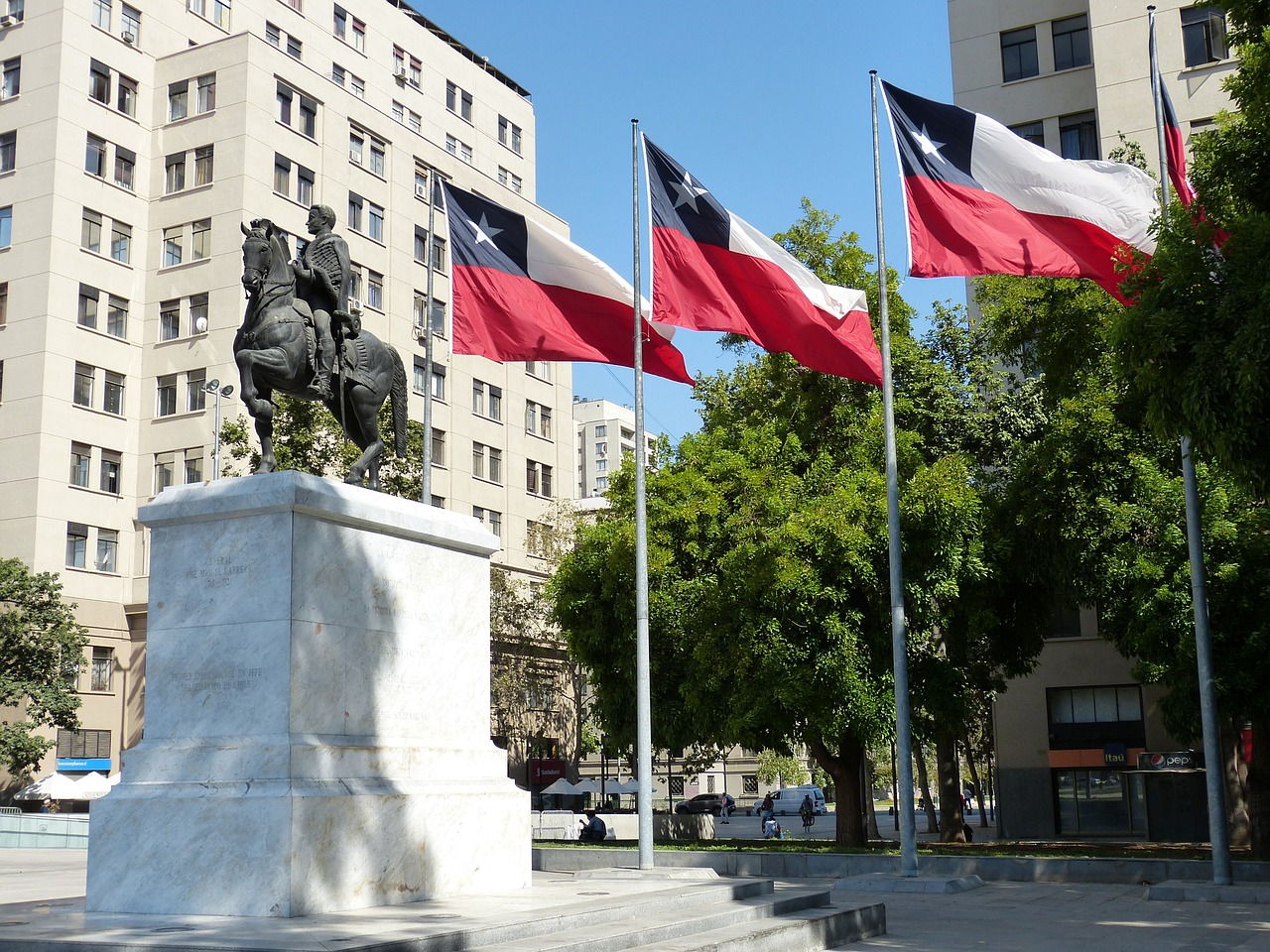Feature by Amey Haldankar
Chile is a South American country surrounded by Argentina, Bolivia, Peru, the Pacific, and Southern Oceans.
Description of the flag
The flag of Chile consists of a horizontal ded stripe above which is a white stripe and the blue square in the upper hoist canton (corner). The blue square consists of a five- pointed star painted in white.
The Chilean flag is known as “La Estrella Solitaria” (the Lone Star) in Chile.
What does Chilean flag represent?
The colour blue symbolises sky and the Pacific Ocean,
White represents the snow-covered Andes and
The colour Red signifies the sacrifice done for nation’s freedom.
The star in the corner represents the Executive, Judiciary, and Legislative of the nation upholding its territorial integrity and national sovereignty.
History of the flag
During the Chilean independence wars, a horizontal tricolour of yellow, white, and blue was used and adopted by the Chileans as their first national Flag.
This flag is also known as Patria Vieja or Old Fatherland.
Although the usage was stopped in 1814 and the Spanish flag was readopted till 1817, when another tricolour consisting colours of blue, white and red was adopted.
This flag is known as Flag of Transition or Bandera de la Transición nowadays in Chile and is the second national flag for the Chileans.
Both the flags mentioned above didn’t get official recognition and soon were forgotten and disappeared.
In 1817, the present day flag was designed by Jóse Ignacio Zenteno. This flag was officially recognised and was adopted as the National flag of Chile after it’s independence in 1818.
In 1854, the colours of the flag were standardized and in 1912, the diameter of the star was standardized. The flag hasn’t changed since then.
Flag images of the Patria Vieja and Bandera de la Transición: Wikipedia. All other images from CC0 Open Source






